News October 30, 2025
Researchers Examine Scythian Animal Artifacts
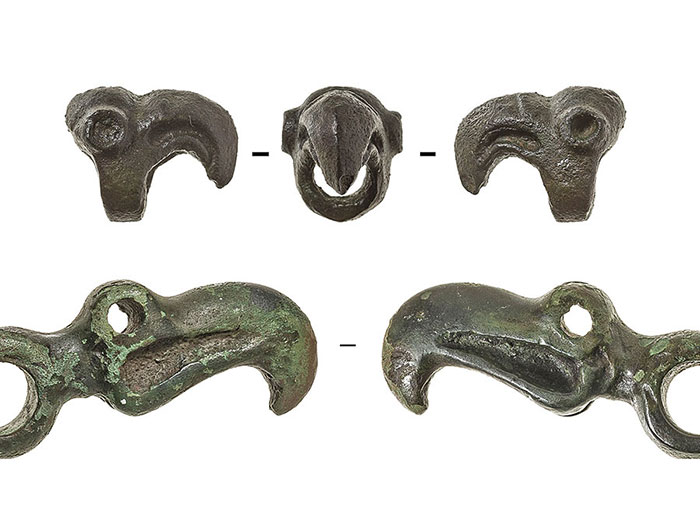
Sadykov et al. 2025, © Antiquity Publications Ltd.
News October 30, 2025
Early Christian Cemetery Excavated in Denmark
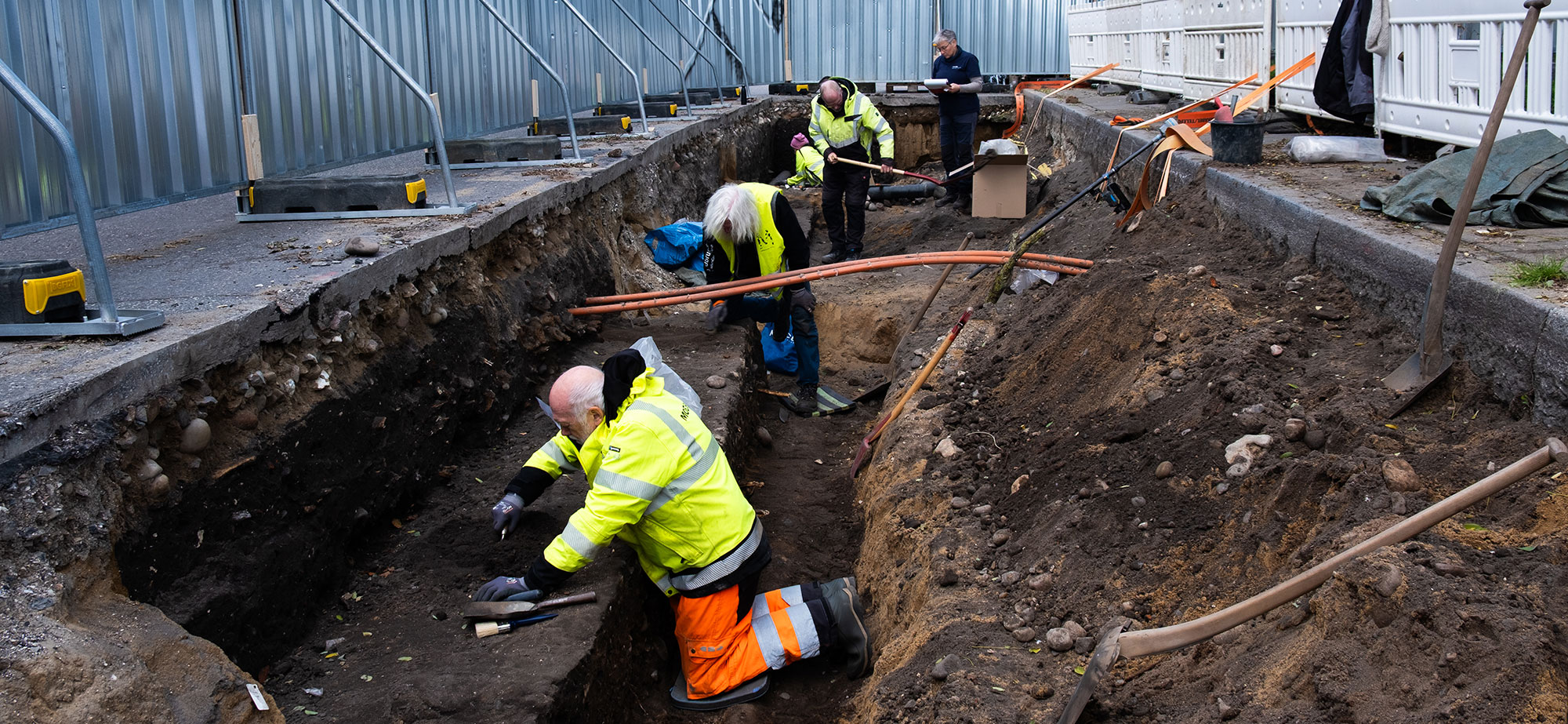
Moesgaard Museum
News October 30, 2025
New Thoughts on Louisiana’s Poverty Point

Wikimedia Commons
News October 29, 2025
Storm Damages Yup’ik Village Site in Alaska

News October 29, 2025
Medieval Armor Unearthed in Georgia
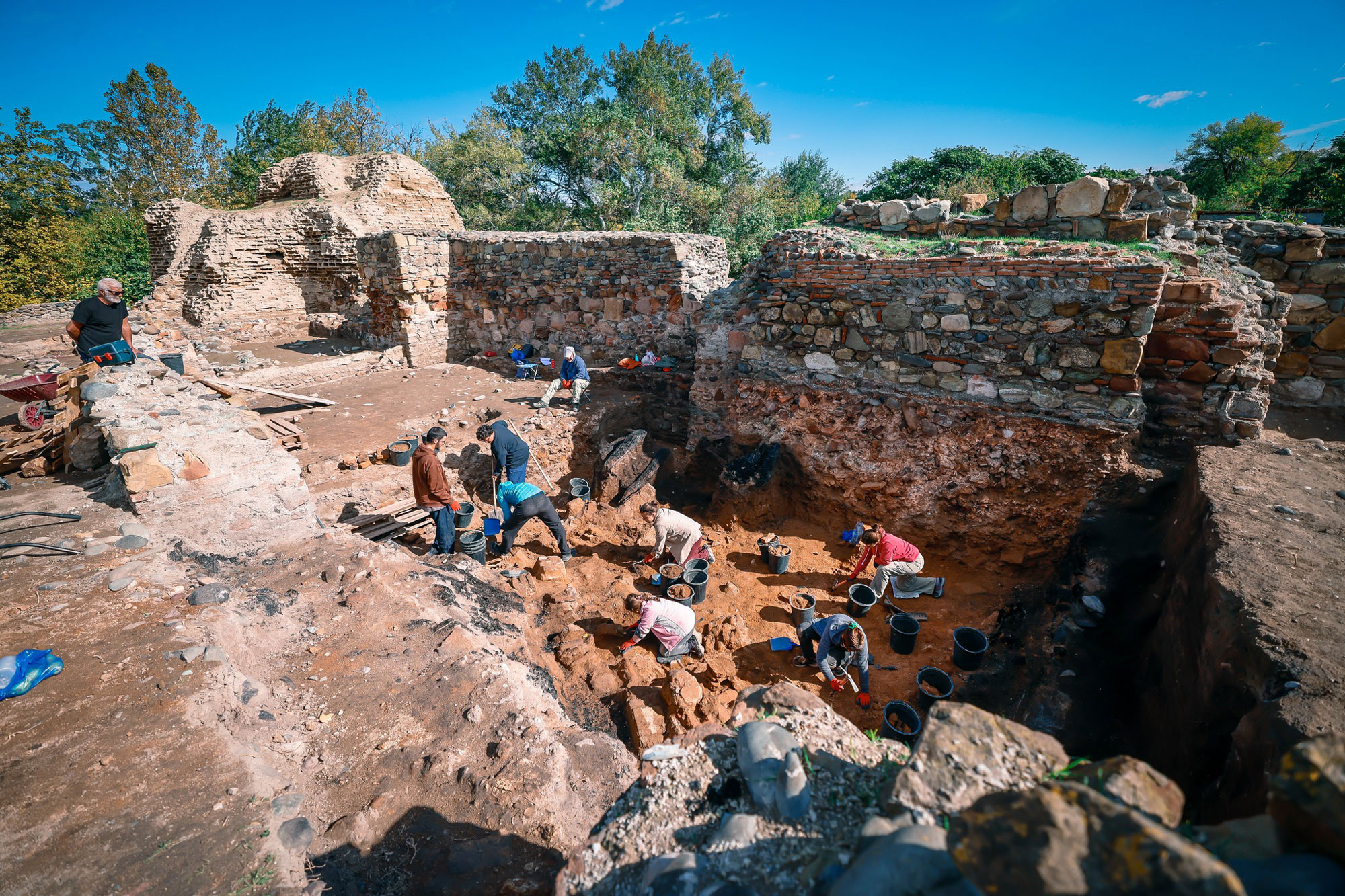
Rustavi City Hall
News October 29, 2025
Name of Maya Queen Identified

INAH/Salvador Medina and Francisco Luna
News October 29, 2025
Carved Jewel Uncovered at Roman Fort in Northern England
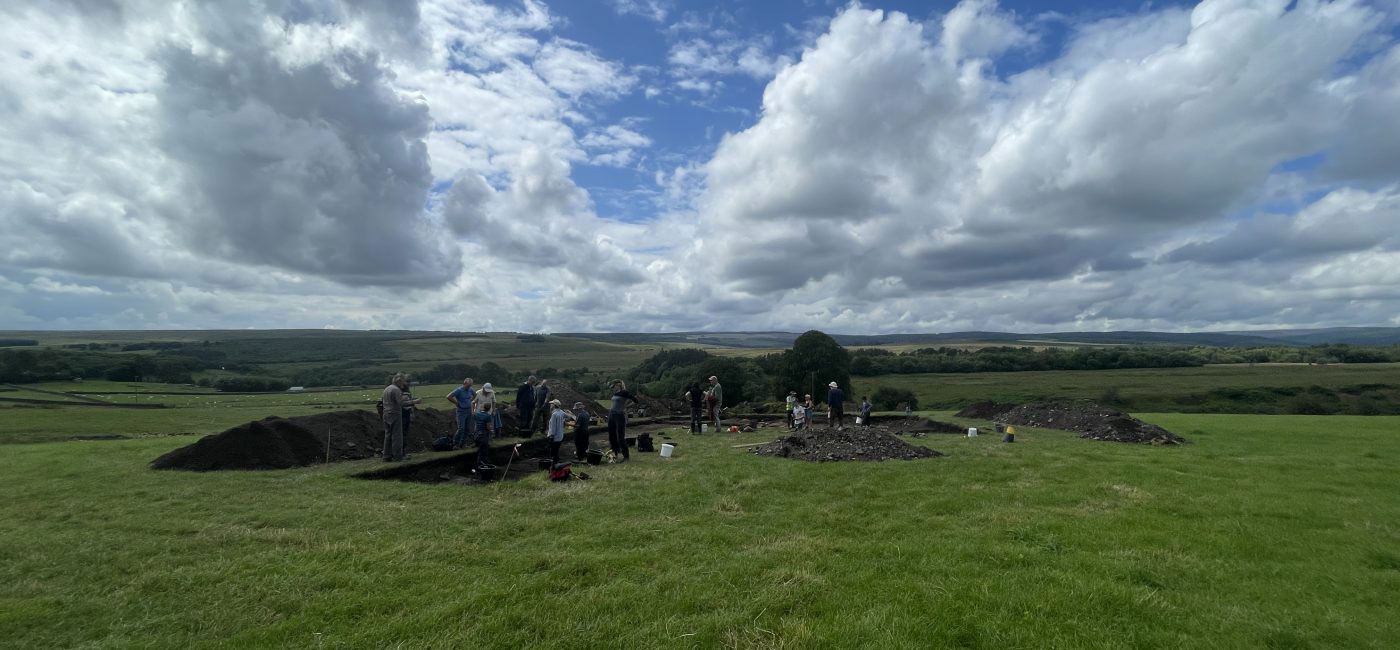
Northumberland National Park
News October 28, 2025
Pregnancy Hormones Found in Human Skeletal Remains

News October 28, 2025
Molecular Analysis Identifies Pathogens in Paleofeces from Mexico
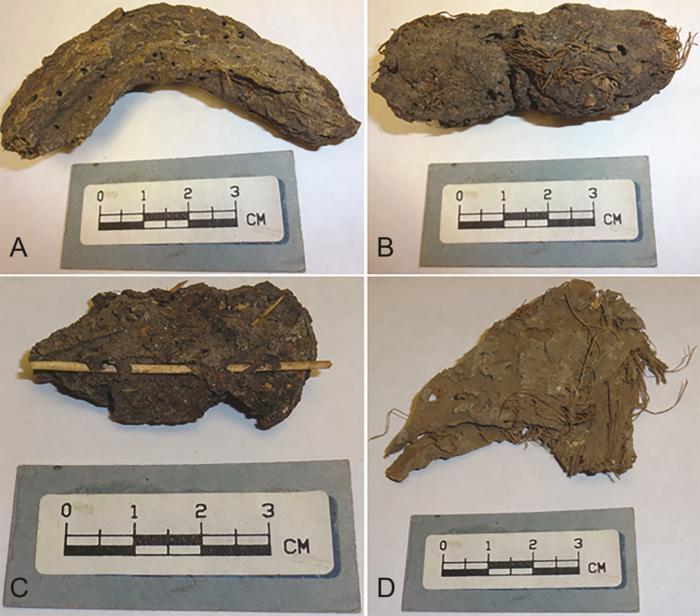
Johnica Winter
News October 28, 2025
Revolutionary War–Era Site Explored in Pennsylvania
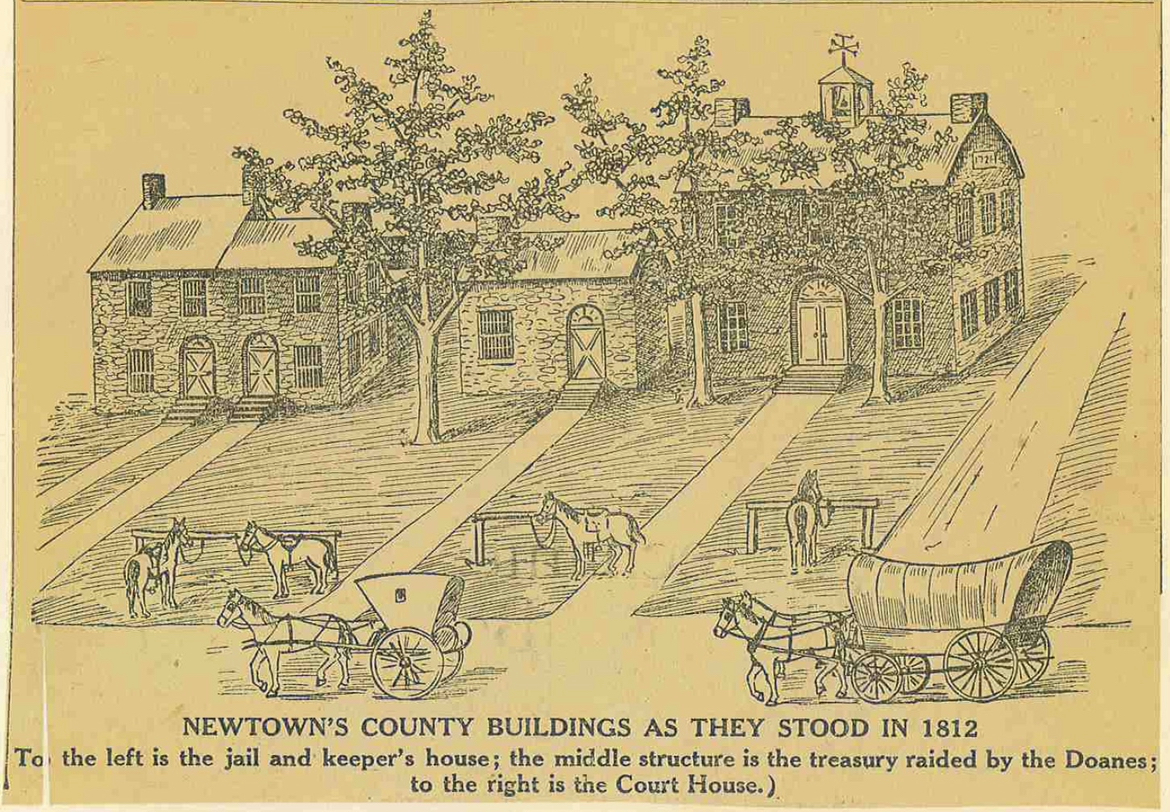
Bucks County Historical Society
NEVER MISS AN UPDATE
Sign up for our monthly e-Update which includes highlights of the current issue, links to special collections from the magazine’s archive, and opportunities available only for subscribers.

